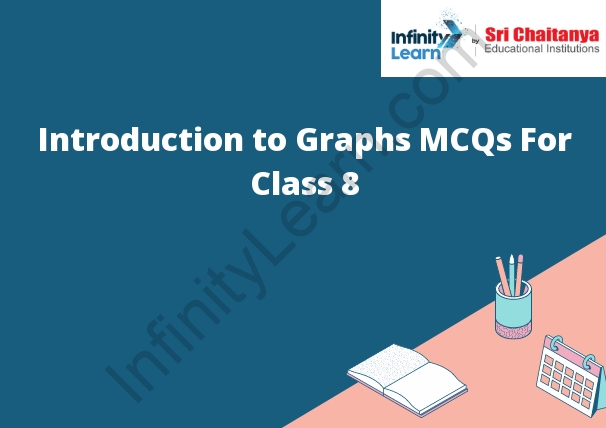Table of Contents
MCQ on Graph Theory with Answers
In graph theory, a graph is a structure consisting of a set of vertices and a set of edges connecting them.
1. A graph consists of a set of vertices and a set of edges connecting them.
2. The edges in a graph can be directed or undirected.
3. A graph is connected if there exists a path between any two of its vertices.
4. The degree of a vertex is the number of edges incident to that vertex.
5. The distance between two vertices is the length of the shortest path between them.
6. The shortest path between two vertices is called a shortest path or a path length or a distance.
7. The connectivity of a graph is the number of pairs of vertices that can be connected by a path.
8. The degree sequence of a graph is a vector consisting of the degree of each vertex in order from the smallest to the largest.
9. The degree of a graph is the sum of the degrees of its vertices.
10. The degree of a graph is even if and only if the degree of each of its odd-degree vertices is two.

Introduction to Graphs
A graph is a mathematical structure consisting of a set of vertices and a set of edges connecting them. The vertices represent objects, and the edges represent relationships between them. The edges can be directed or undirected.
Directed graphs are often used to represent relationships between entities in a data set. In a directed graph, the edges have a direction associated with them, and the vertices are typically labeled with the entities they represent.
Undirected graphs are often used to represent relationships between entities in a data set where the direction of the relationships is not important. In an undirected graph, the edges have no direction associated with them, and the vertices are typically labeled with the entities they represent.
What are the Graphs?
There are two types of graphs: line graphs and pie charts.
Line graphs are used to show how two or more variables are related. The x-axis (horizontal axis) shows the different values of the first variable, and the y-axis (vertical axis) shows the different values of the second variable.
Pie charts are used to show how much of a whole is made up of different parts. The pie chart always has a circle as its base, and the different parts are shown as slices of the pie.
What are the Different Types of Graphs?
The following are different types of graphs:
1. Line graph: A line graph is a graph that shows how a particular variable changes over time. The x-axis represents time, and the y-axis represents the variable being measured.
2. Bar graph: A bar graph is a graph that shows how different data points compare to each other. The x-axis represents the different data points, and the y-axis represents the measurement for that data point.
3. Pie chart: A pie chart is a graph that shows how a particular variable is divided up into different parts. The x-axis represents the different parts, and the y-axis represents the measurement for that part.
4. Scatterplot: A scatterplot is a graph that shows how two different variables are related to each other. The x-axis represents one variable, and the y-axis represents the other variable.
About Linear Graphs
A linear graph is a graph that is linear in nature. This means that the graph follows a straight line pattern. The y-axis on a linear graph represents the dependent variable, while the x-axis represents the independent variable. The slope of the graph will indicate the rate of change for the dependent variable. The y-intercept of the graph will indicate the value of the dependent variable when the independent variable is zero.
Graph Theory
This area of mathematics is the study of graphs and their properties. Graph theory is used in many different areas of mathematics, including number theory, algebra, and topology..









